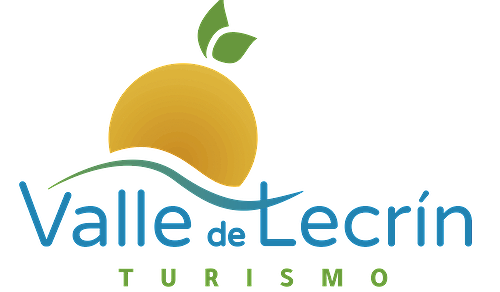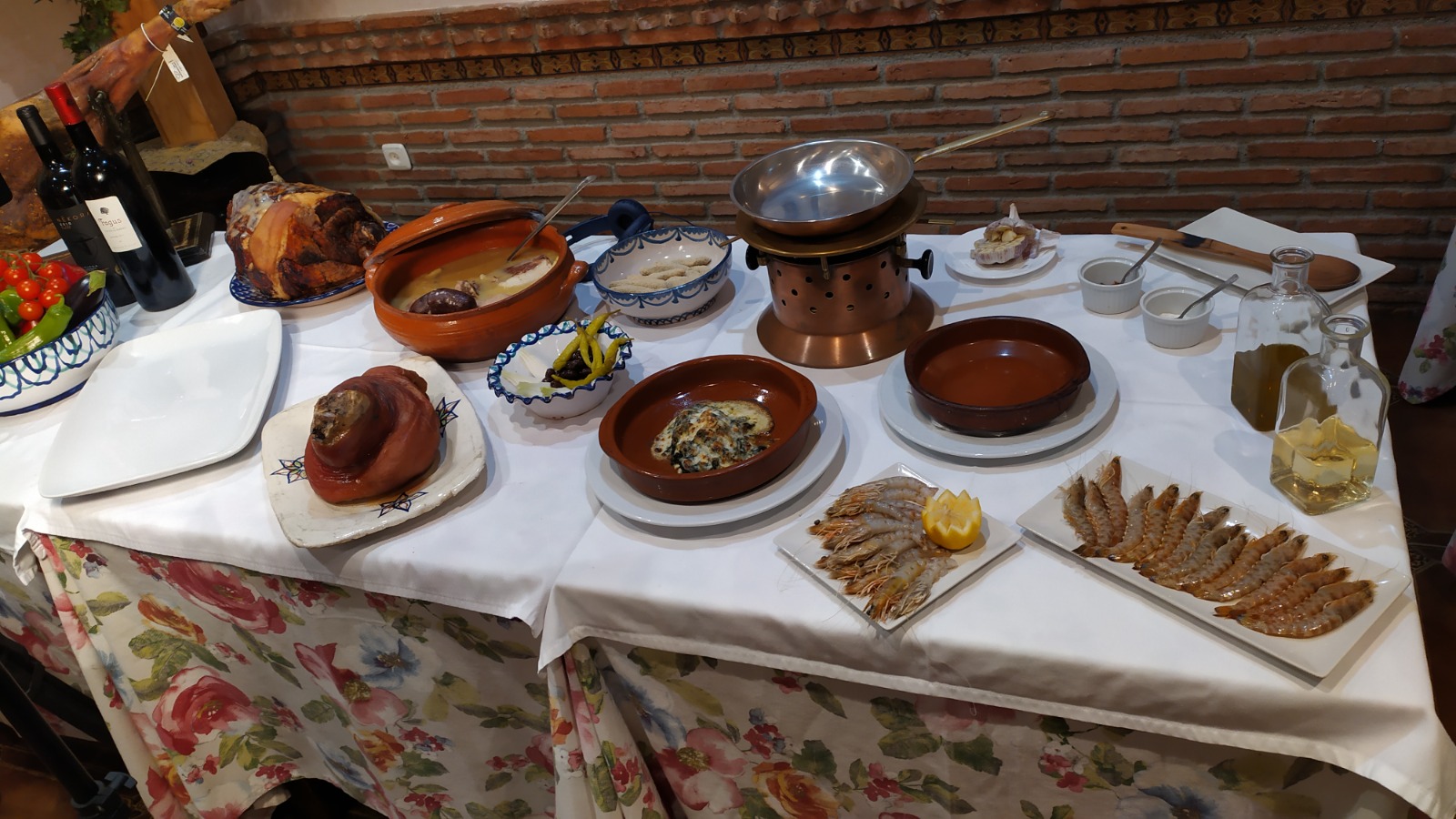
Many centuries have passed since the first culinary manifestation. Centuries of evolution during which we have seen the importance food has for human beings. From the primitive "eat to stay alive", i.e. swallow, to the current "delight in food", i.e. Gastronomy.
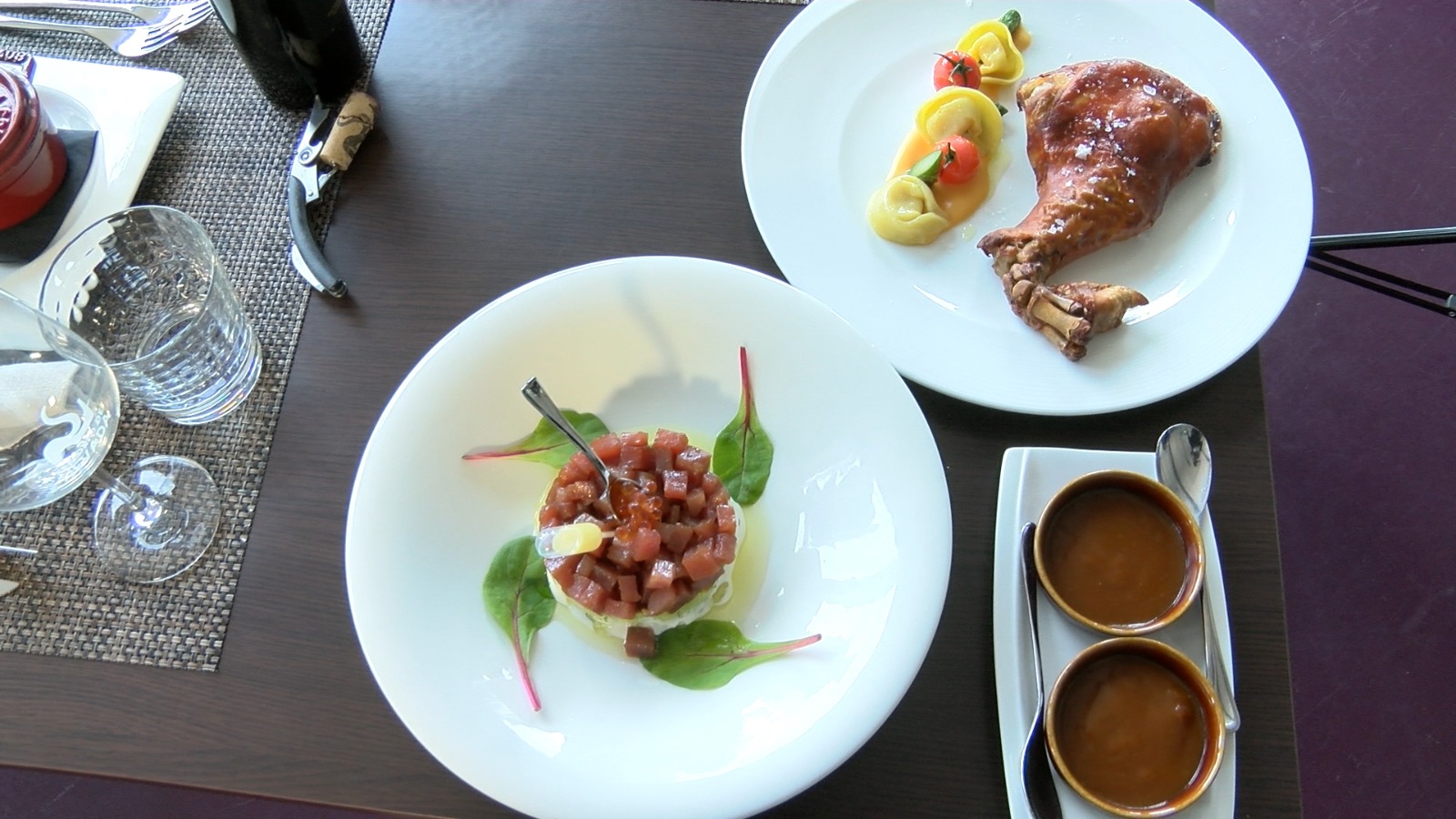
Through all this journey, the most decisive, most creative, most gastronomically relevant period has been the one between the 8th and 15th centuries, the time in which Arabs, Jews and Christians lived together in an interesting Gastronomic hodgepodge. decisive for the subsequent cuisine, the current one.
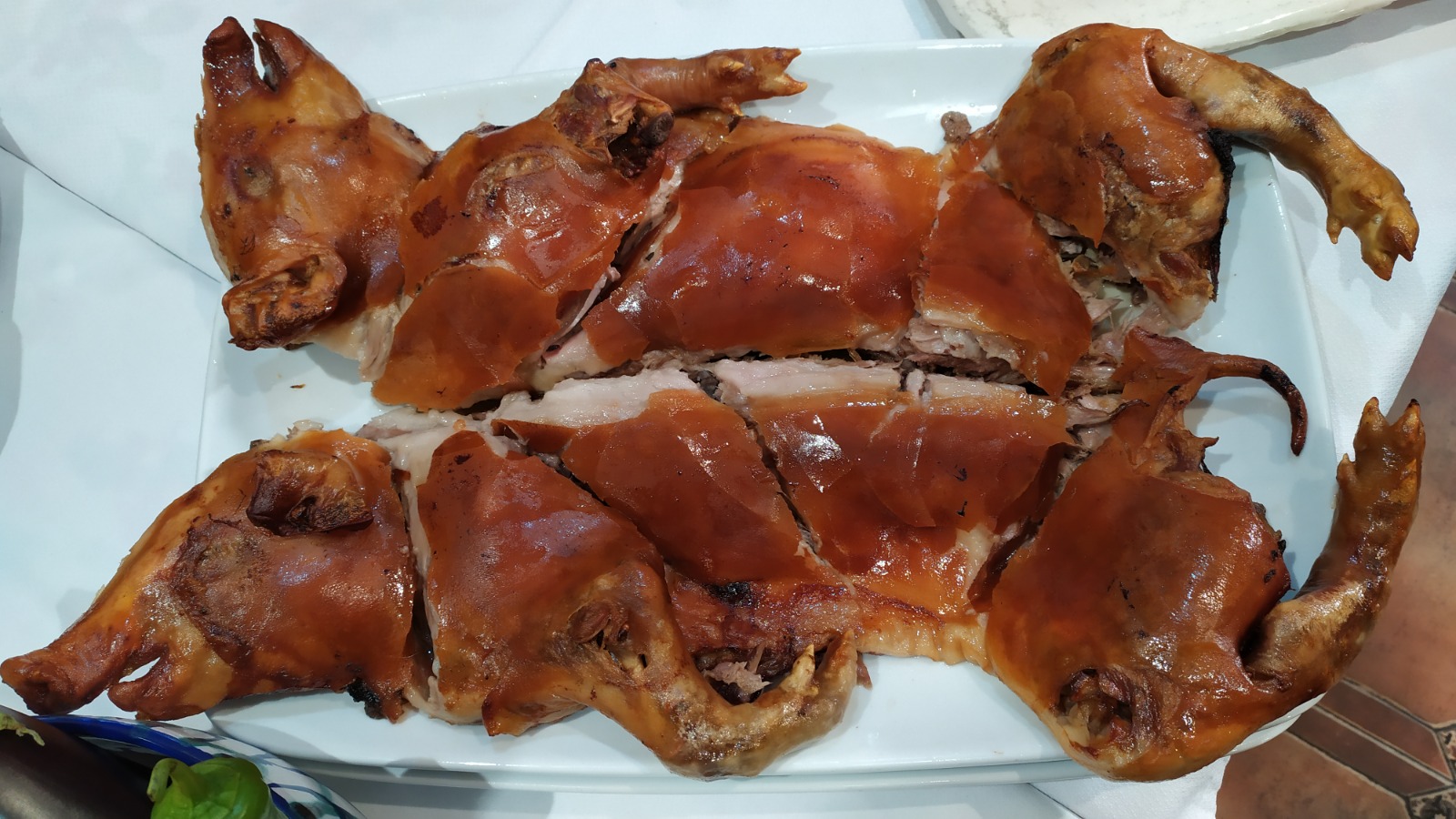
When the Arabs arrived on the Peninsula, Christians based their diet on bread and meat. Mainly the grinding of grain and its elaboration into bread. Thanks to the previous Roman and Phoenician invasions, as well as the proximity to the sea, they also added salted fish to their diet and the garum sauce made from fish guts to season their stews.
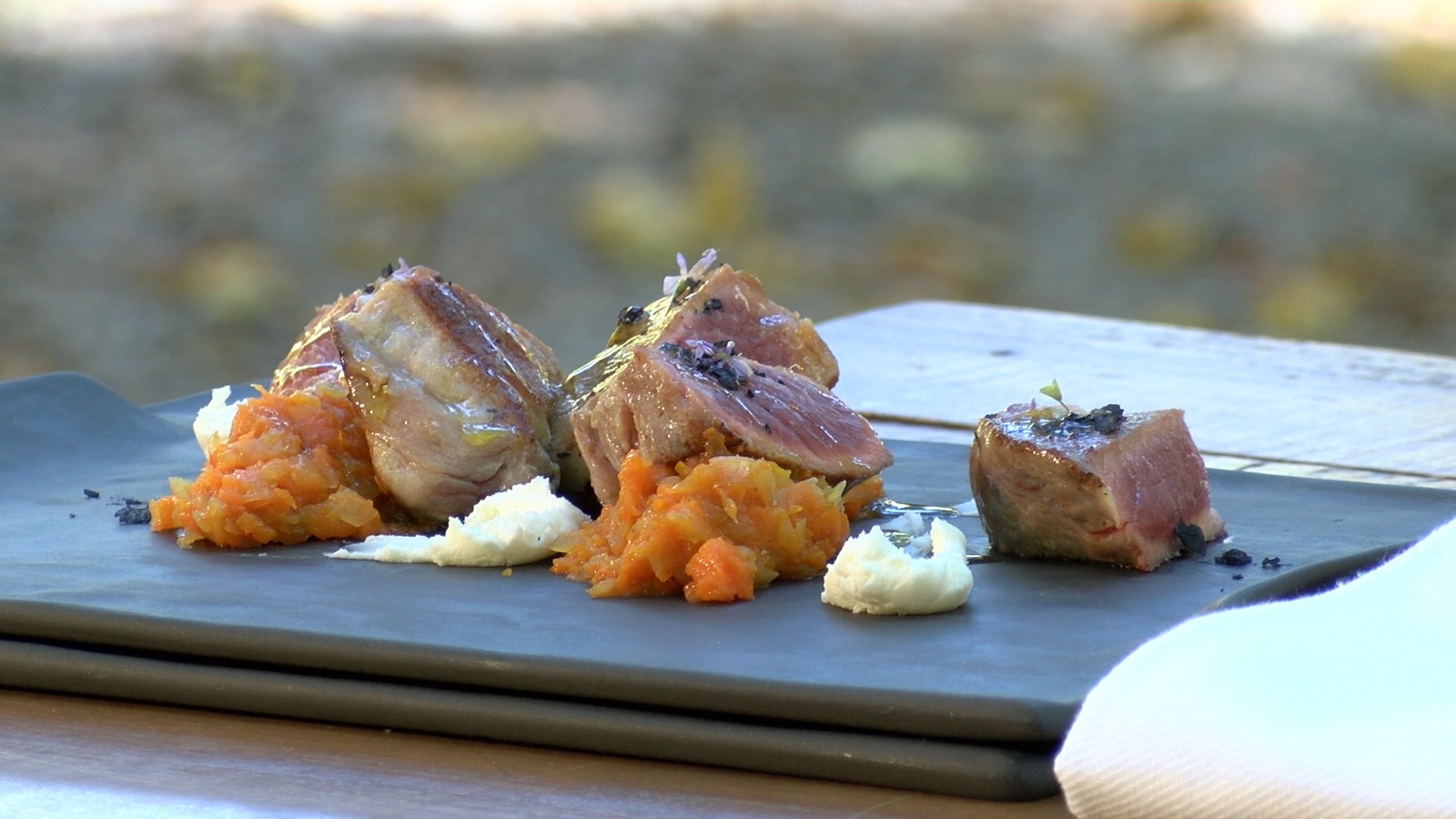
The Christian's diet, however, was poor in fruits and vegetables until the Arabs arrived. Coming from the Taifa Kingdoms, these Arabs were Berbers, nomads, merchants, men and women with a rich culture acquired in their constant travels, in addition to an important agricultural and hydrological knowledge.
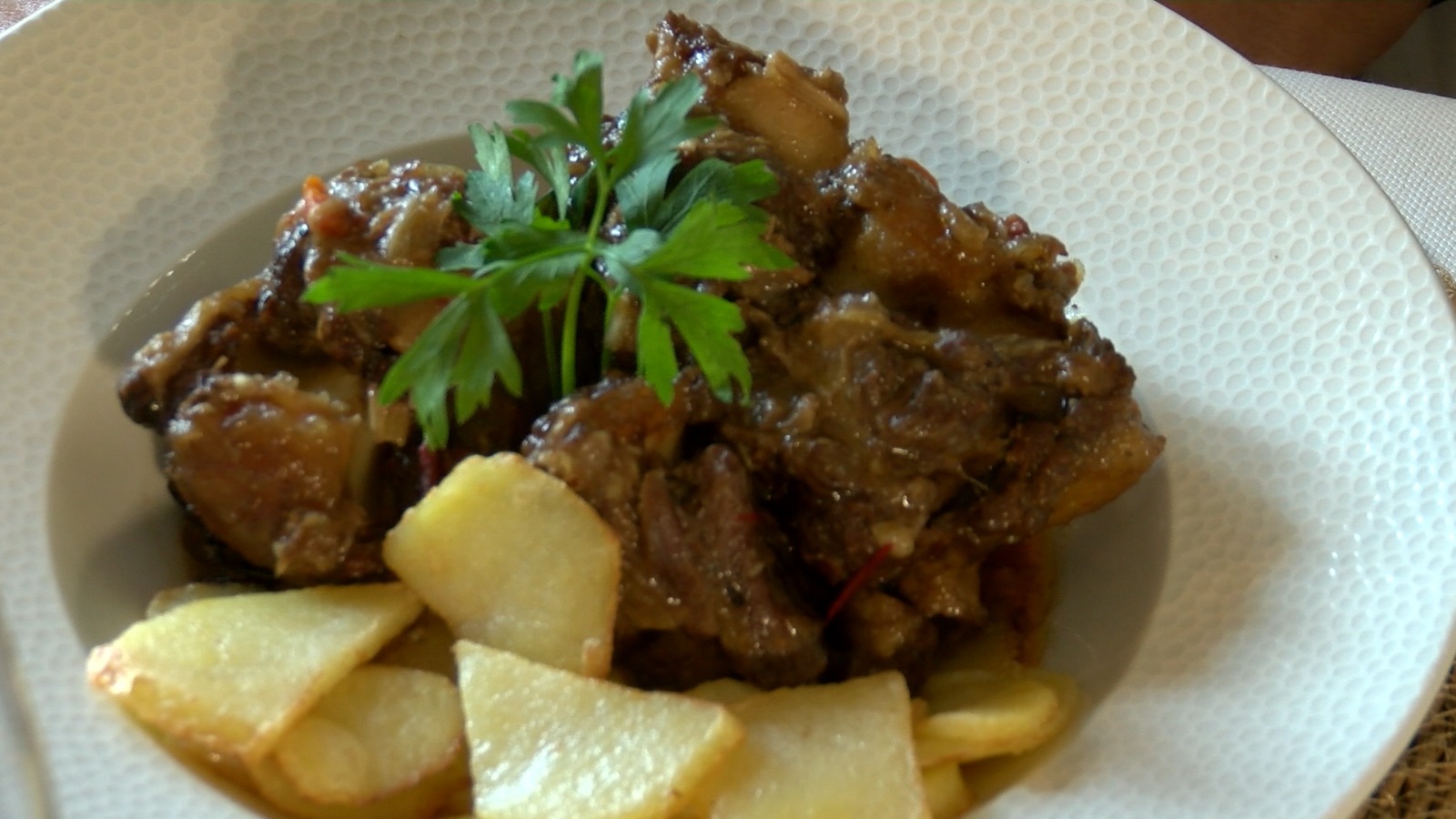
They also contributed by introducing different ways of making bread, other doughs, other grains, other times; variety. They brought fruits such as dates and raisins as well as spices, cheeses, oil, olives; short-term non-perishable caloric foods.
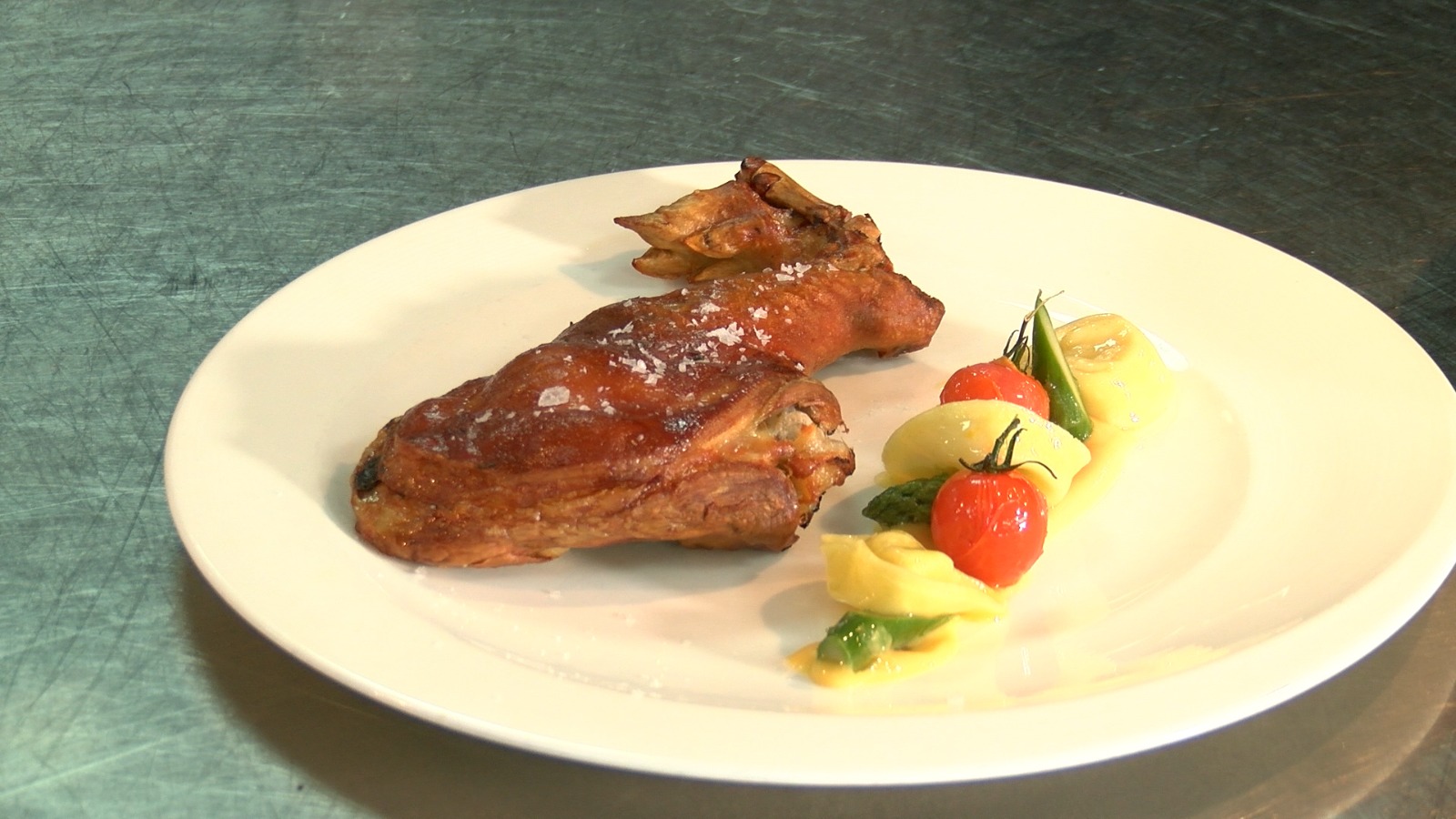
The wealth of water, together with the Arab wisdom, make orchards grow throughout the territory, enriching the diet with a variety of fruits, vegetables and aromatics. In this way the Mozarab - the Hispanic Christian who lived with the Arabs during the Muslim occupation - created a new way of eating, a different diet, much richer and more interesting.
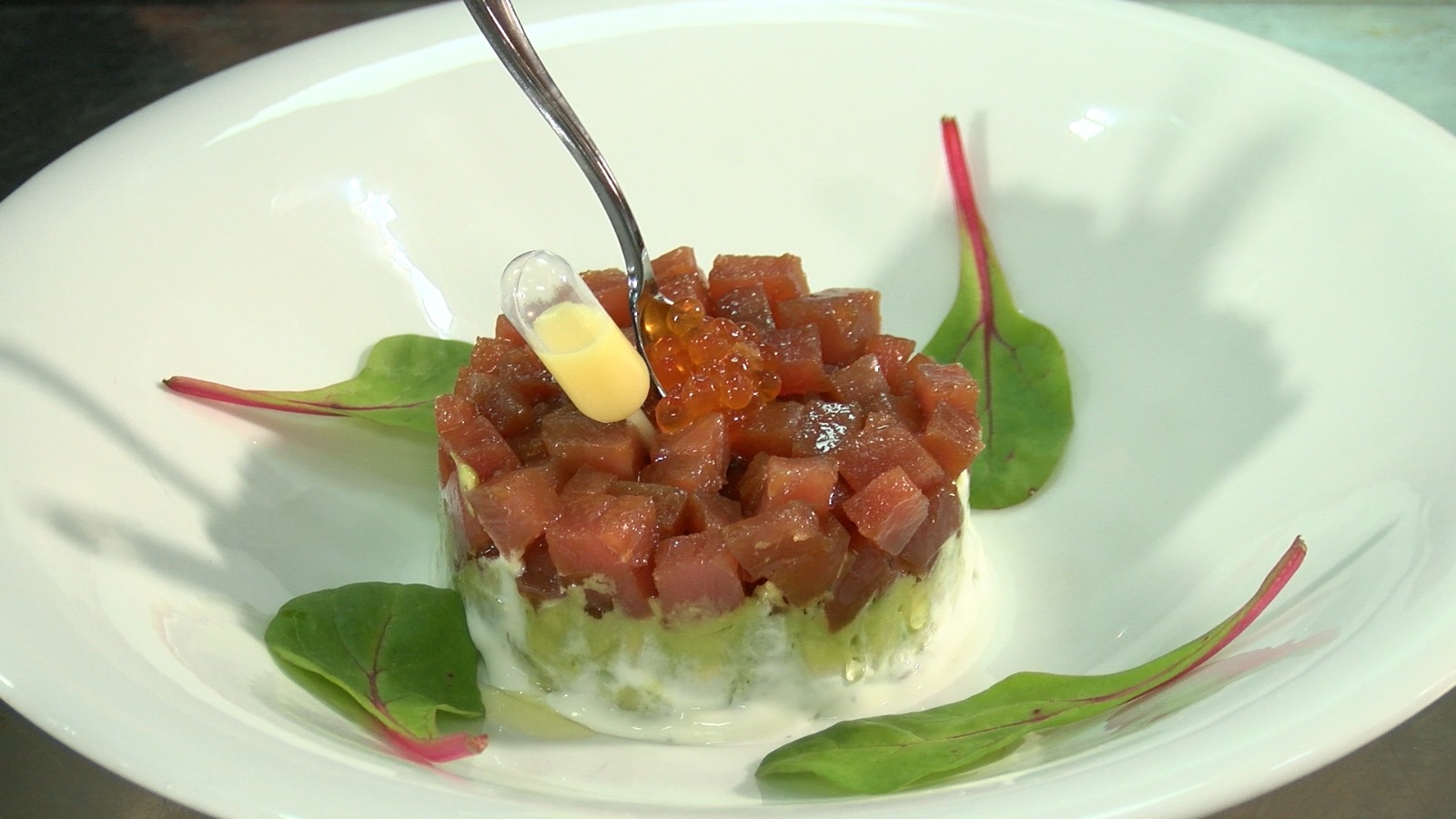
On the other hand, like the Christians and the Arabs in terms of their strong religious convictions, the Jews contribute their culture, introducing unleavened bread - because their beliefs don’t allow the consumption of dough or fermented grains. They introduced pulses, the elaboration of which they dominated to perfection, greatly enriching, as we can conclude, the gastronomical culture.
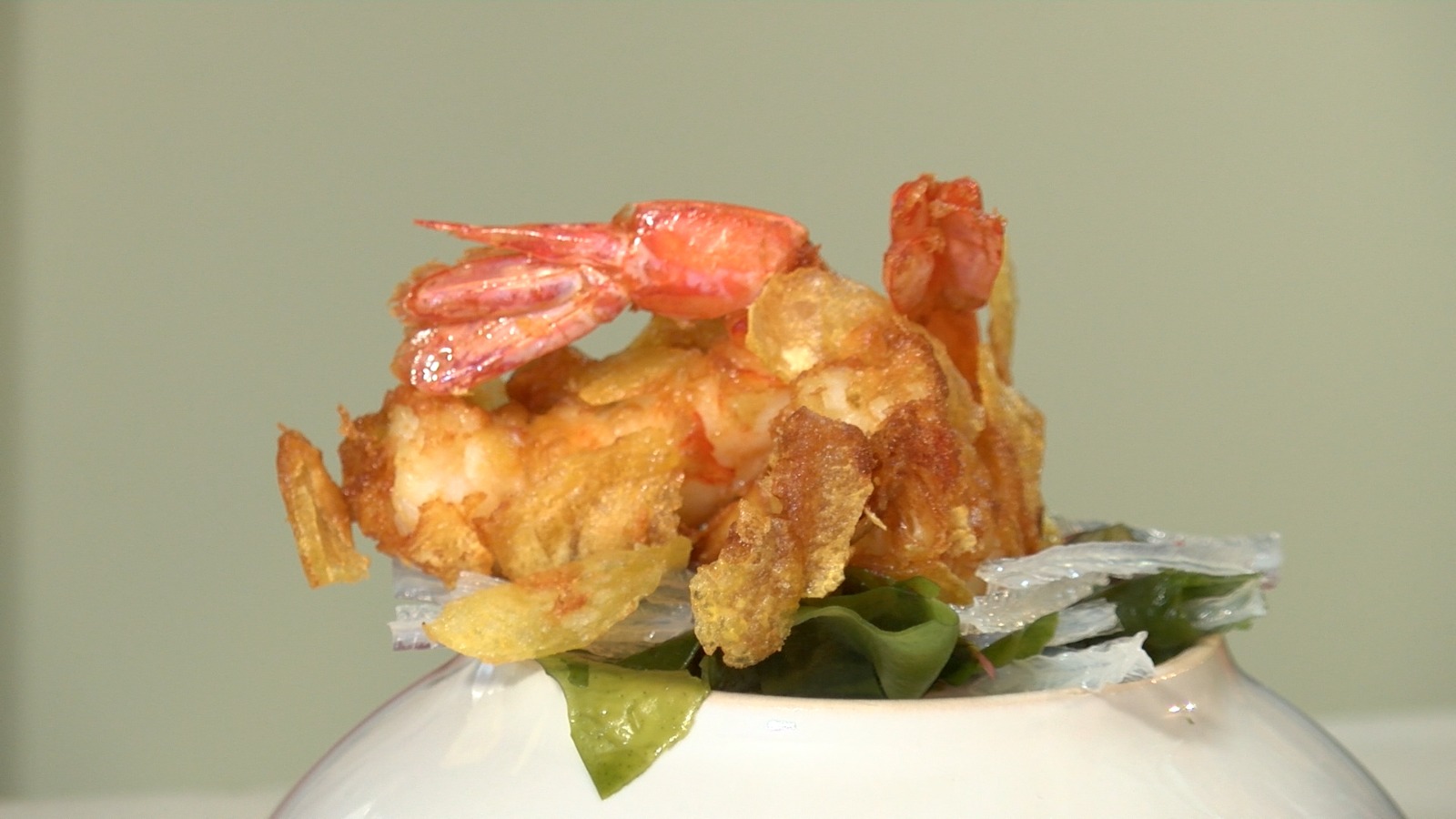
This multicultural contribution, Christian, Arab, Jewish, leaves its mark on today’s cooking; gazpachos, white garlic, garlic chicken, meatballs, lentils, orange salad, porridge, escabeche, meringues, almonds ...
Multiculturalism enriches not only gastronomy, but also people. In the Lecrín Valley we are aware of this heritage that has become a trend - as the cultural variety of its inhabitants continues to be a reality today. That is why every year we organise this Gastronomical Event "the Mark of the Mozarab" so we can share all this culinary wealth with our visitors.
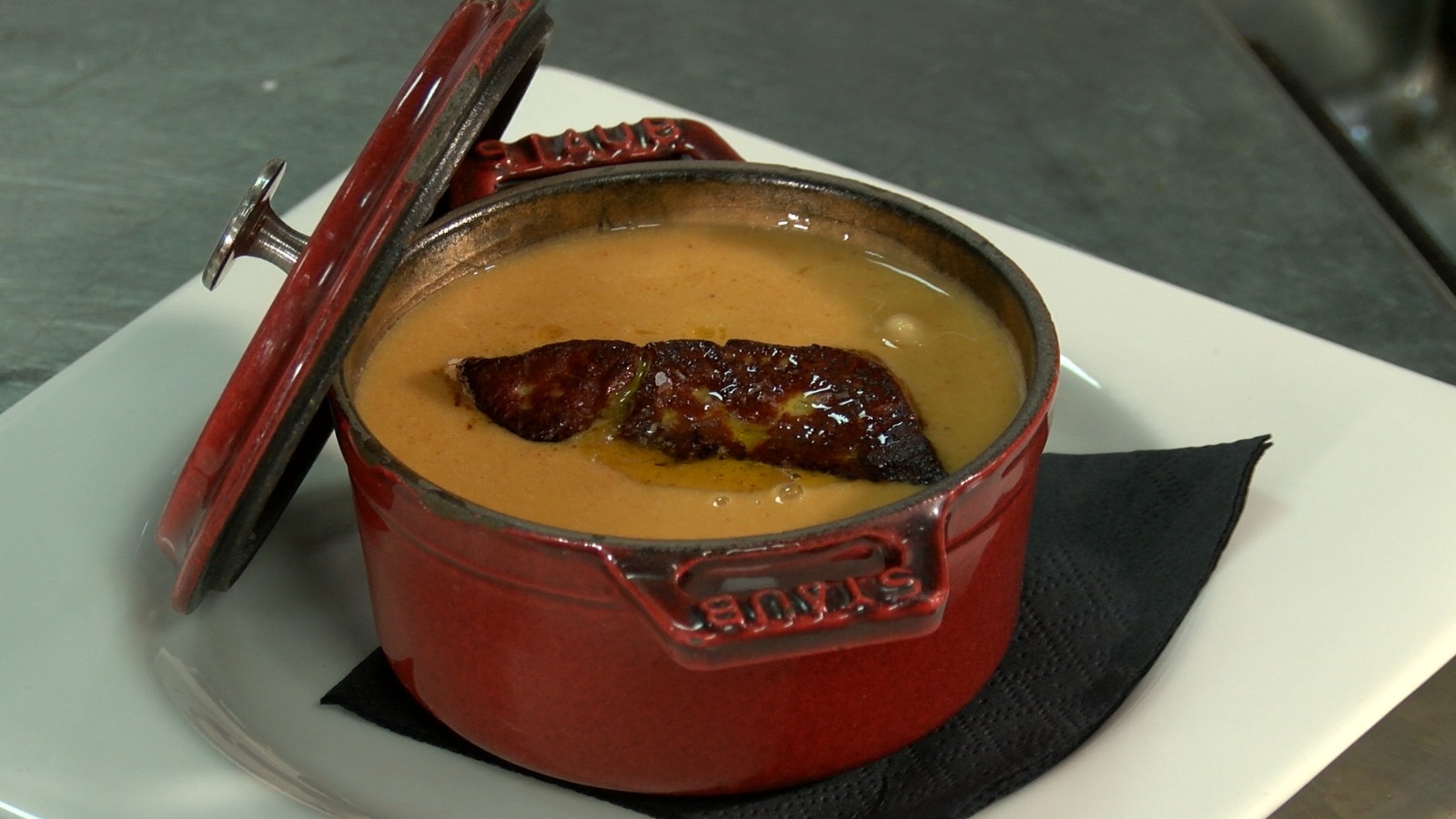
During the event, from October 21st to 31st 2021, visitors will be able to enjoy a variety of dishes with Mozarabic essence. Some of the different restaurants in the area fill their kitchens with the aromas and preparations of yesteryear that have an important place in our local recipes. Dishes based on the wonderful products we have in the Valley; such as oranges, cod, avocados, the kitchen garden that’s more varied and ecological every day, local meats, fish so close; a feast for the senses.
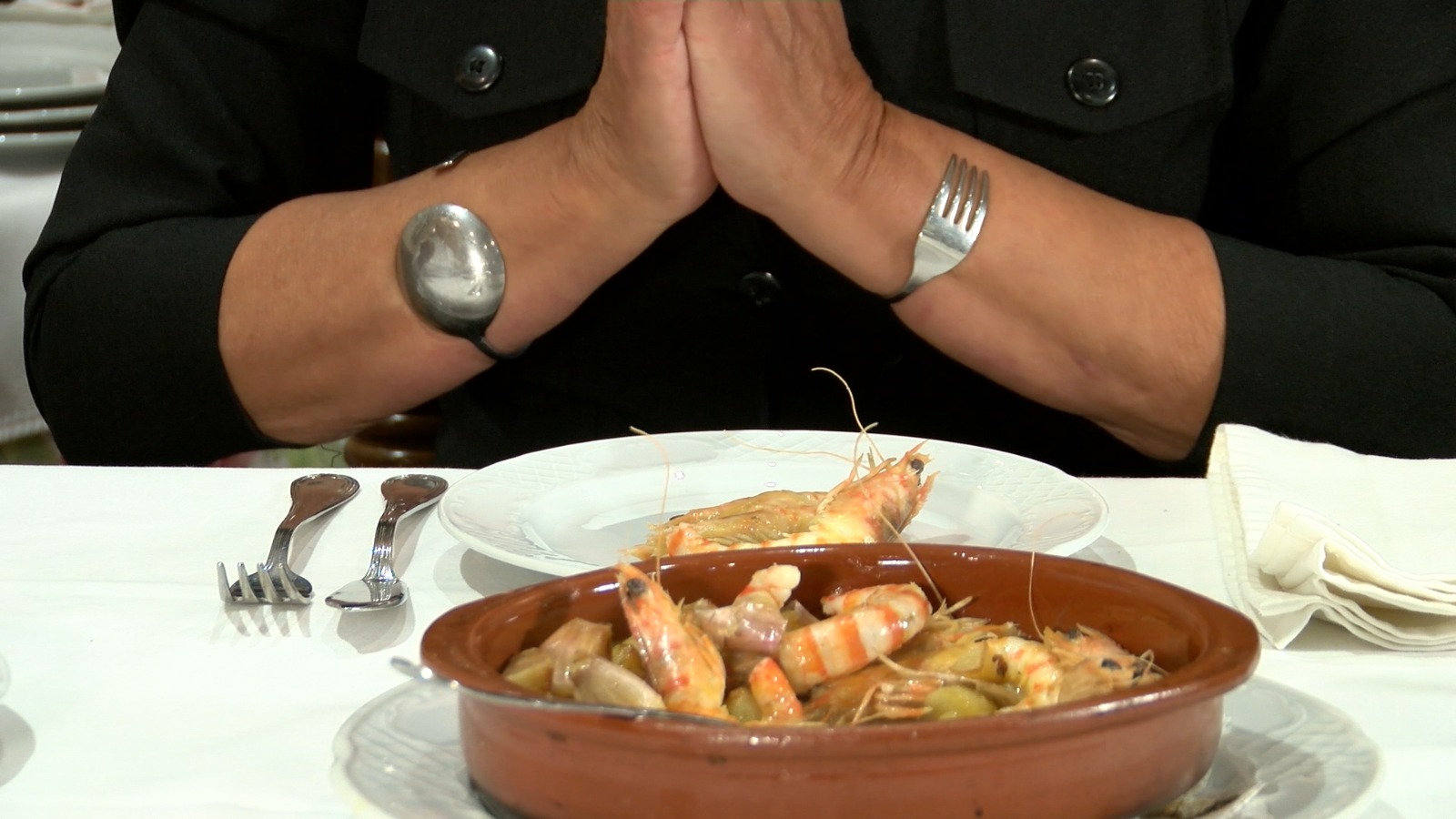
For the best holiday in the Lecrín Valley, remember that on the Lecrín Valley Tourism website you can book your accommodation, your activities or your restaurant directly with the owners. Who better to help you plan everything? And without any commissions!
Por María Pimientos
GO TO BLOG
